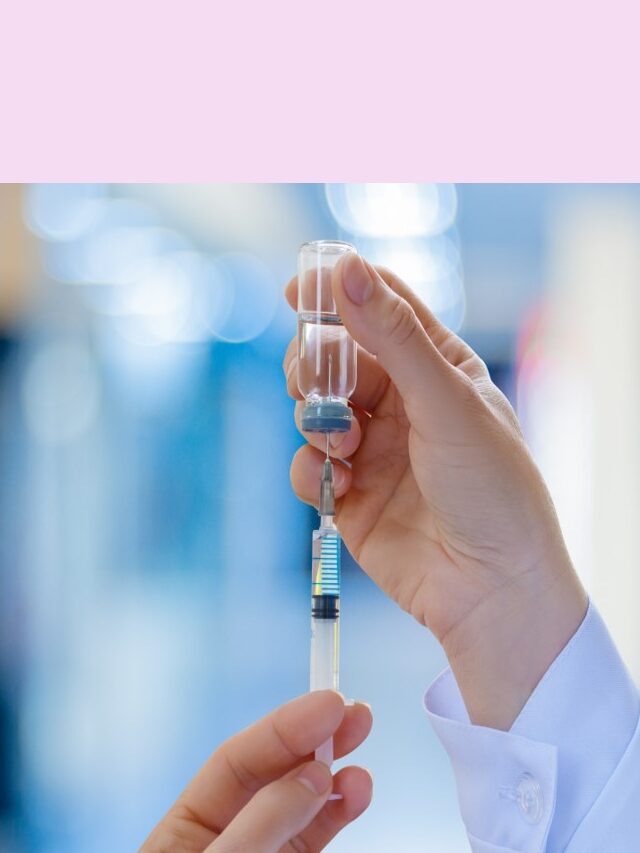Table of Contents

The Journey to Needle-Free Protein Therapeutics
Peptides or protein-based therapeutics have become a cornerstone of modern medicine due to their high selectivity and long half-life, but their administration typically requires needle-based injections. This method presents challenges for patient compliance, especially for those needing long-term treatment for chronic conditions. Consequently, researchers have been exploring alternative delivery methods,.
Sublingual administration
Medications absorbed under the tongue promised a non-invasive and efficient delivery route, bypassing the harsh gastrointestinal environment and avoiding first-pass metabolism in the liver. This method allowed for rapid drug absorption, a critical factor in emergencies. However, delivering large protein molecules sublingually was no easy feat. The sublingual regions are thick mucinous fluid and tight epithelial layers.
Innovative Peptides: The Game-Changer
The researchers developed two novel peptides: lipid-conjugated protamine (C18-P) and a protamine dimer (P2). These peptides were designed to facilitate pore formation on cell surfaces, promoting intracellular delivery. It was a meticulous process, involving the synthesis and characterization of these peptides through advanced techniques like nuclear magnetic resonance (NMR), Fourier transform infrared spectroscopy (FTIR), and transmission electron microscopy (TEM).
The team conducted in vitro studies using cell spheroids and human sublingual tissue substitutes. The results were promising—significantly enhanced protein penetration through multiple cell layers compared to conventional protamine. The researchers’ hearts raced as they imagined the potential impact on patients. But the real test lay in the in vivo studies.
After the administration of the peptides mixed with insulin to mice. The results were astounding. The blood glucose control achieved was comparable to that of subcutaneous injections. Even more impressive, the peptides enabled the sublingual absorption of larger proteins like human recombinant growth hormone (rhGH) and Immunoglobulin G (IgG), with molecular weights ranging from 22 to 150 kDa.
Safe, Effective, and Revolutionary
Safety was paramount. The innovative peptides did not induce any measurable toxicity in mice. Comprehensive monitoring of the animals’ body weight, overall health, hematology, blood chemistry, and tissue histology confirmed their safety. The researchers were one step closer to a viable alternative to injections.
The mechanism behind the enhanced delivery efficiency of these peptides was a breakthrough in itself. Increased aggregation on cell surfaces led to greater pore formation and membrane permeation. This allowed the peptides to overcome the limitations of conventional sublingual delivery technologies, which often involved absorption enhancers or mucoadhesive materials that posed risks of epithelial damage or offered limited penetration.
The broader implications of their discovery were significant. The development of C18-P and P2 peptides represented a major advancement, potentially revolutionizing the administration of protein drugs. This non-invasive method could improve patient comfort and compliance, opening new avenues for treating a wide range of medical conditions. It was a patient-friendly alternative to injections, a development that could significantly enhance the quality of life for many patients.
Paving the Way for the Future
The promising results from the study were just the beginning. Future investigations are required to focus on optimizing the peptide formulations for human use, exploring their efficacy and safety in clinical trials, and expanding the range of protein therapeutics that could be delivered sublingually.
The potential for integrating these peptides with other drug delivery technologies was another exciting prospect. Combining the peptides with nanoparticle-based delivery systems, for instance, could further improve the stability and bioavailability of protein therapeutics. The possibilities are endless.
Conclusion: A New Era in Therapeutic Delivery
The systemic delivery of proteins using novel peptides via the sublingual route represented a groundbreaking advancement in therapeutic delivery. By addressing the challenges associated with needle-based injections and the limitations of current sublingual delivery methods, the novel peptides C18-P and P2 offered a promising solution for non-invasive, efficient, and safe protein drug administration.
The researchers envisioned a future where patients could receive their medications without the pain and inconvenience of injections. This innovative approach not only enhanced patient comfort and compliance but also opened new avenues for treating a wide range of medical conditions. The continued development and optimization of these peptides could lead to broader applications and improved therapeutic outcomes, ultimately benefiting patients and healthcare systems worldwide.
This is more than just a scientific breakthrough; it is a mission to make life better for countless patients around the world.
References
https://www.sciencedirect.com/science/article/abs/pii/S016836592400138X?via%3Dihub


